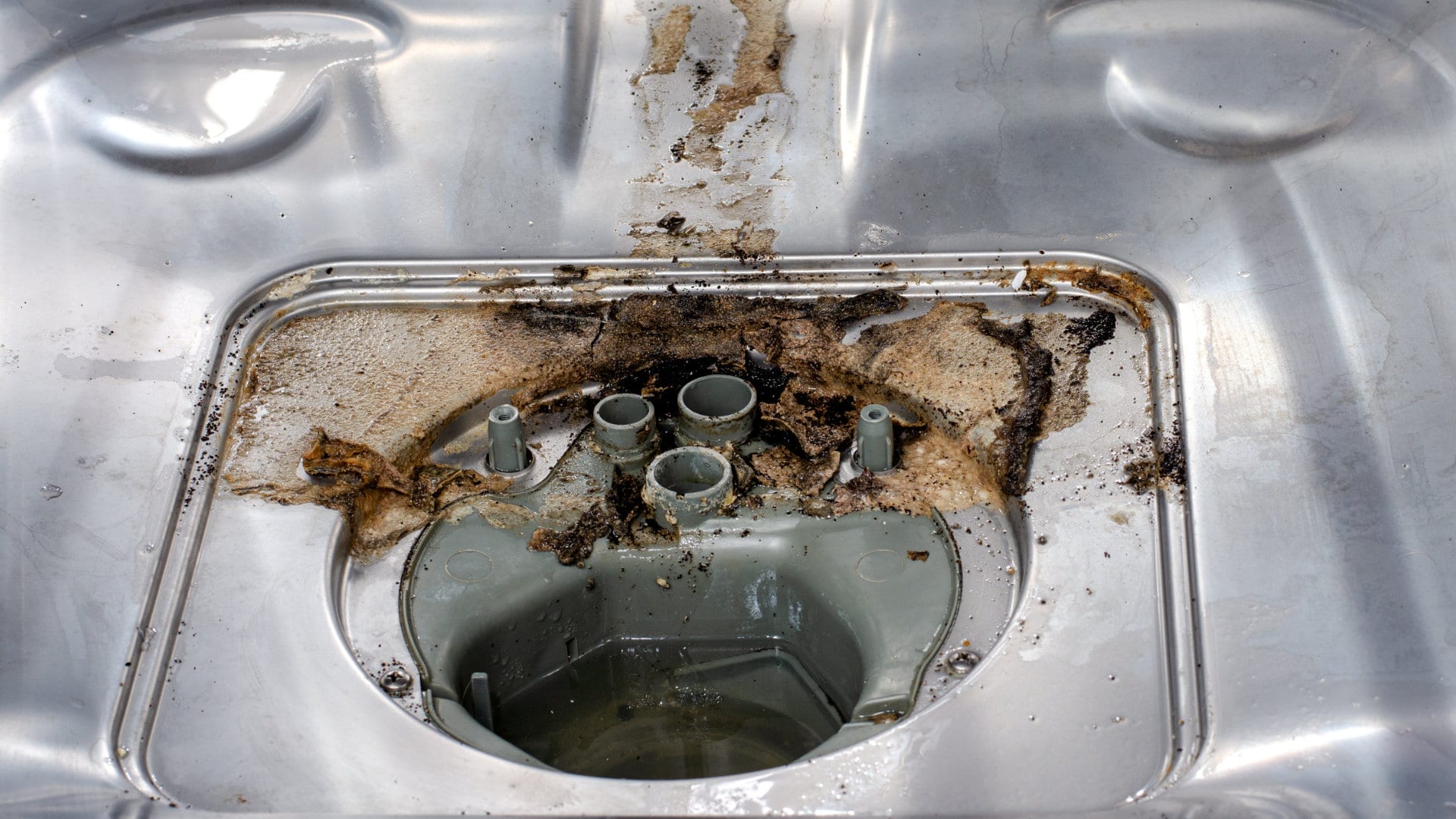
It’s a smell you never want to be associated with your dishes – the smell of sewage! But why is there such an unpleasant smell emanating from your dishwasher? This problem is more common than you might think! Fear not; we’ve got you covered with preventative tips and solutions for solving the stink.
What Causes the Smell?
Two main causes of a sewage-like smell in a dishwasher are a buildup of food residue and pooled water.
If you frequently wash unrinsed dishes and do not clean out the filter regularly, food particles can rot and go rancid inside your dishwasher. This can cause a very unpleasant smell that has ‘sewage-like’ qualities.
Standing water that pools in the bottom of your dishwasher can also become smelly, particularly if it is an ongoing issue. When the water never fully drains, it can become infected with bacteria that feed on the food particles in the water. This produces a strong smell that is similar to the smell of sewage.
How to Prevent the Smell?
Preventing a smelly dishwasher from occurring is a lot easier than getting rid of the smell once it’s there!
Rinse Excess Food off Your Dishes
It can be tempting to just put all your dishes straight in the dishwasher, regardless of how much food residue there is. Although most modern dishwashers can cope with washing heavily soiled dishes, you’ll have better results and experience less odor if you rinse them first. It only takes a few seconds, and your dishwasher will work better!
Clean out the Filter Regularly
In most cases, the unpleasant sewage-like smell will be coming from the dishwasher filter! It’s important to clean this out regularly to avoid odors. The frequency of cleaning depends on how clean your dishes are when you put them in the dishwasher. As a general rule of thumb:
- Clean the filter every six months if you scrape and rinse your dishes before loading.
- Clean the filter every three months if you only scrape your dishes before loading.
- Clean the filter every two weeks if you don’t scrape or rinse your dishes at all.
Make Sure Your Dishwasher Is Draining Properly
Standing water is another common cause of a smelly dishwasher, usually due to a drainage issue. If your dishwasher isn’t draining properly, you need to fix this issue, or the smell will keep coming back.
Clean the Filter
A clogged filter can prevent water from properly draining, which causes a double whammy of stinkiness – from both the dirty filter and the standing water. Cleaning the filter should be the first port of call if you notice water pooling in the bottom of your dishwasher – in most cases, it will solve the issue.
Check for Clogs in the Drain Line
If a clog forms in the drain line, water won’t be able to drain out of the bottom of the dishwasher properly. To check this:
- Disconnect the drain line from the back of the dishwasher, then remove the end of the drain line from the downpipe. Ensure you have old towels on hand to soak up any residual water in the hose.
- Use a long wire to free any clogs, then run water through the hose to ensure it is flowing freely.
- Reconnect the hose, then run a cycle. With the clog cleared, your dishwasher should drain once more.
Check the Drain Pump Is Functioning
This is a little more complicated to fix, but a malfunctioning drain pump can mean your dishwasher won’t drain entirely. To fix this, you’ll need to consult your dishwasher’s manual to find out how to access your drain pump, then test it with a multimeter to ensure it is functional. If not, it will need to be replaced – new parts can be ordered online.
How to Fix a Smelly Dishwasher
You know how to prevent it, but what if it’s too late, and your dishwasher is already smelly? Here’s what to do!
Solve Any Drainage Issues
Follow the instructions above to get your dishwasher draining freely – any odor elimination won’t last if you still have standing water in the bottom.
Deep Clean the Filter
Remove the filter from your dishwasher and soak it in a bucket or sink filled with warm, soapy water. Ensure you also thoroughly wipe out the filter housing with a soft cloth.
After soaking the filter, use a soft cloth or an old, soft toothbrush to remove all traces of food debris and residue. Thoroughly rinse the filter under running water until it appears completely clean.
Deep Clean the Interior and Door Seals
Remove the racks and thoroughly wipe down your dishwasher on the interior, removing all traces of dirt and food particles. A soft cloth and a mild detergent solution will be perfect.
The door seals are an often neglected source of unpleasant dishwasher odors – wipe around these with a cloth, ensuring you remove any mildew or grime stuck in the filters.
Lastly, don’t forget the spray arms! Remove the spray arms (they can be unscrewed) and thoroughly wash them in your sink with a detergent solution. Check to see if the spray holes are blocked; if so, use a toothpick to unblock them.
Run a Cleaning Cycle
Once all the debris has been cleaned out and the dishwasher is put back together, the final step is to run a cleaning cycle to eliminate the smell once and for all! There are two main methods – the natural method and the commercial cleaner method.
Clean with Vinegar
If you prefer not to use harsh chemicals, this method is for you! Firstly, fill a dishwasher-safe container with 1 cup of white vinegar and place it on the bottom rack of the empty dishwasher. Set your dishwasher to the hottest cycle available – this should eliminate any last traces of unpleasant smells.
Use a Commercial Dishwasher Cleaner
You can buy a range of dishwasher cleaning products from your local supermarket – make sure you choose one that your dishwasher manufacturer recommends. Follow the instructions on the packet for best results – most products require you to place the product upside down on the top rack and run your dishwasher on a hot cycle.
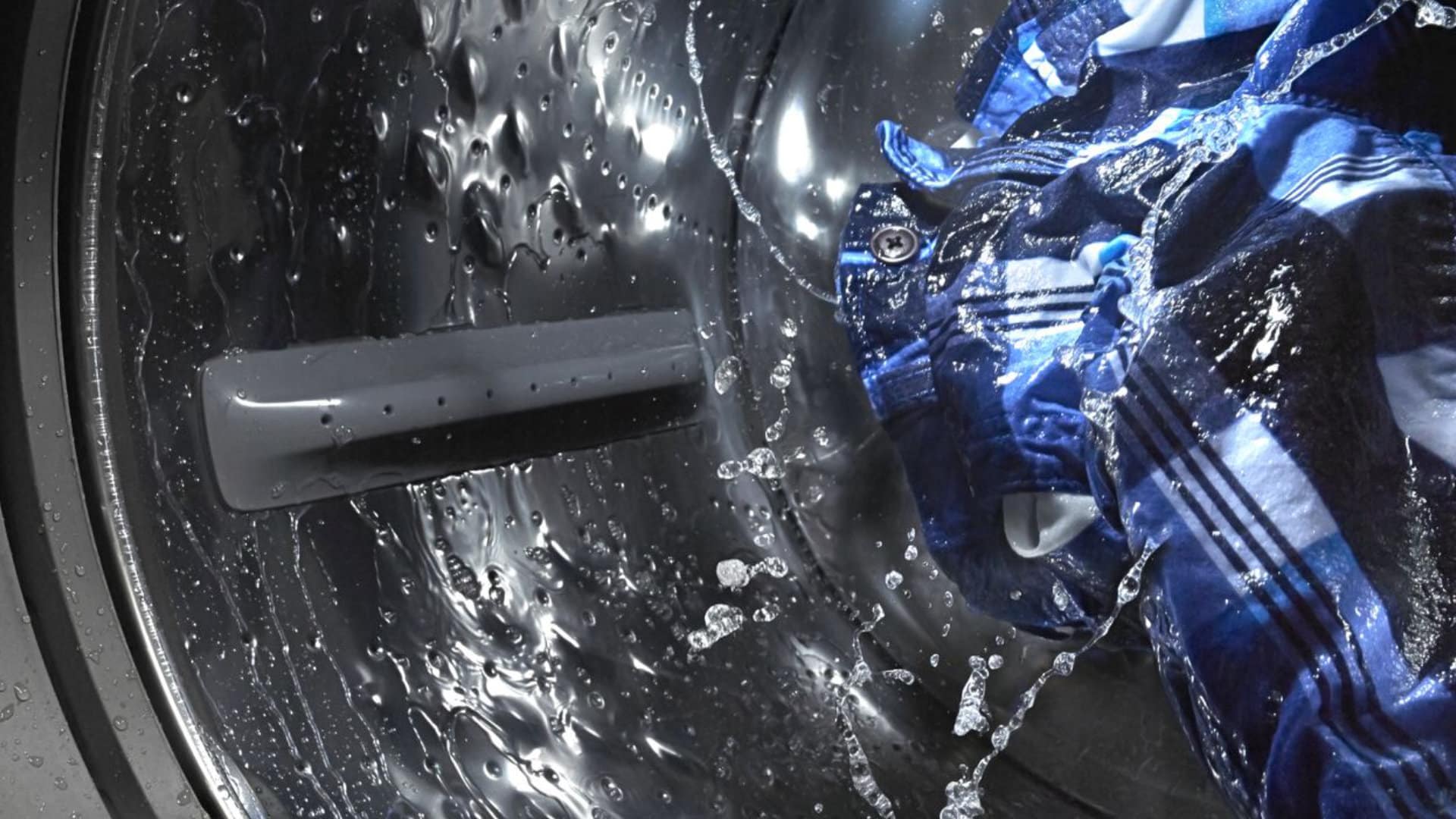
How to Fix the Whirlpool Washer F5 E3 Error Code
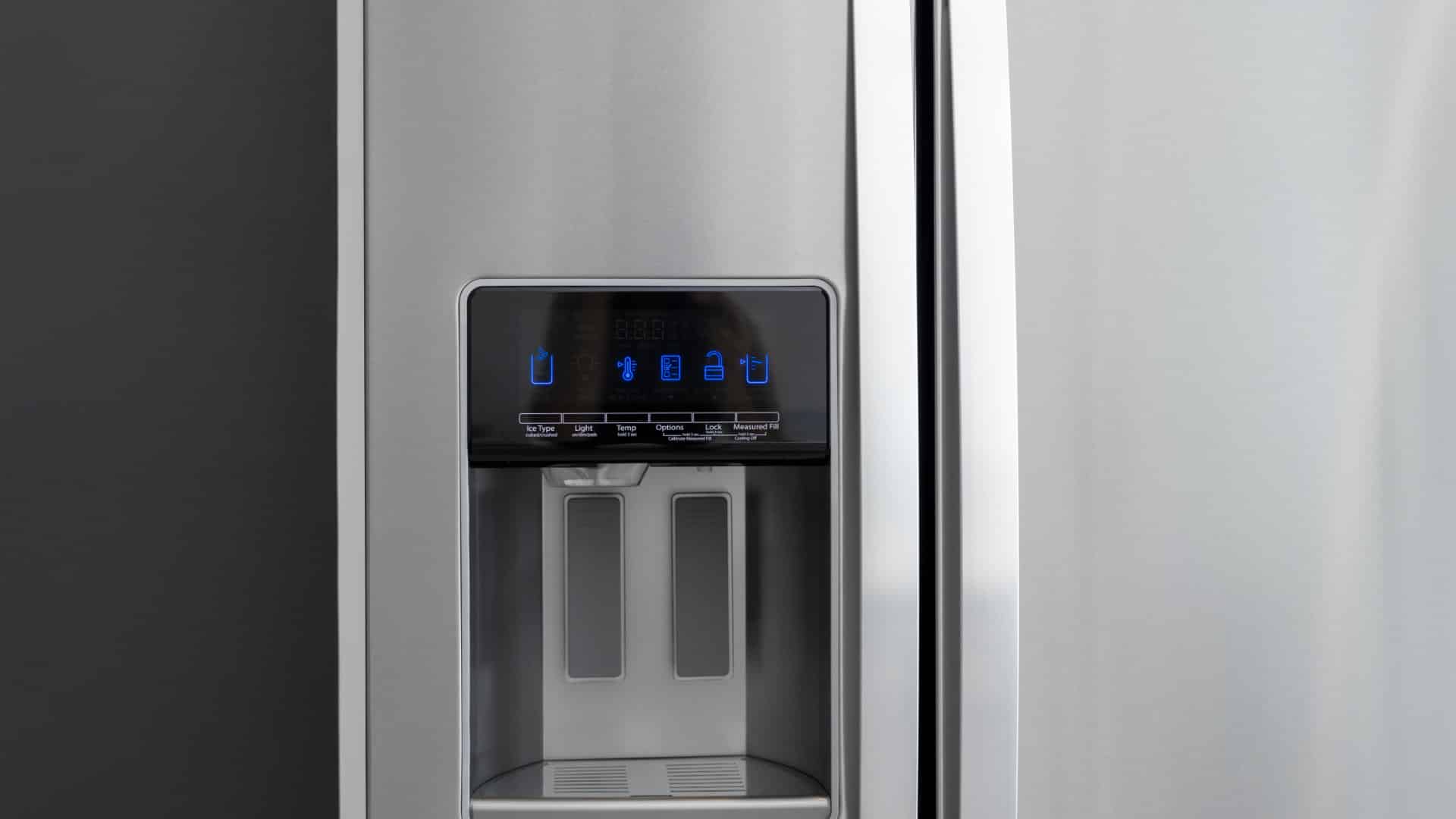
10 Steps to Clean Your Fridge Water Dispenser

How to Replace a Whirlpool Refrigerator Water Filter
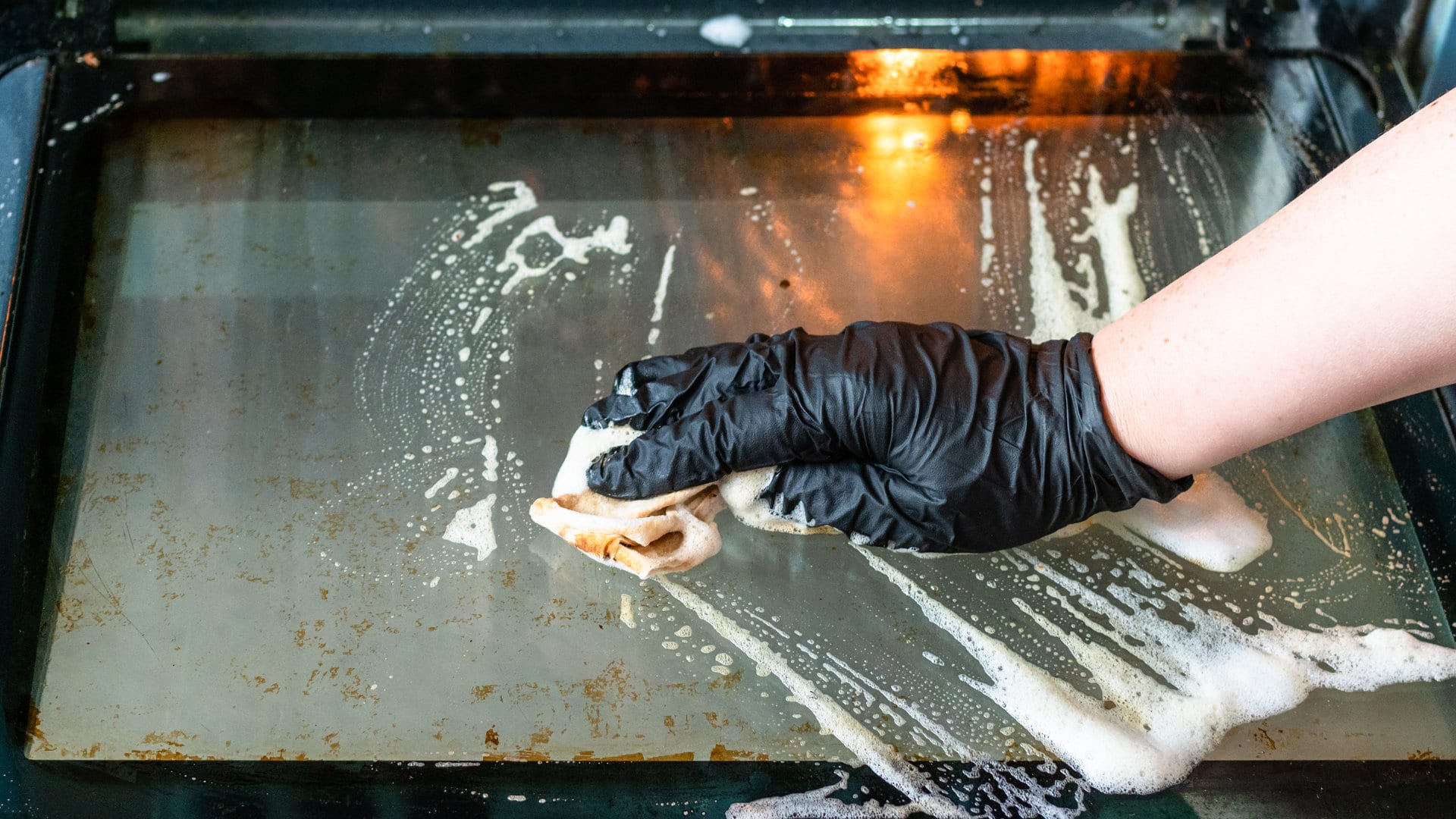
How to Clean an Oven Glass Door (3 Easy Methods)
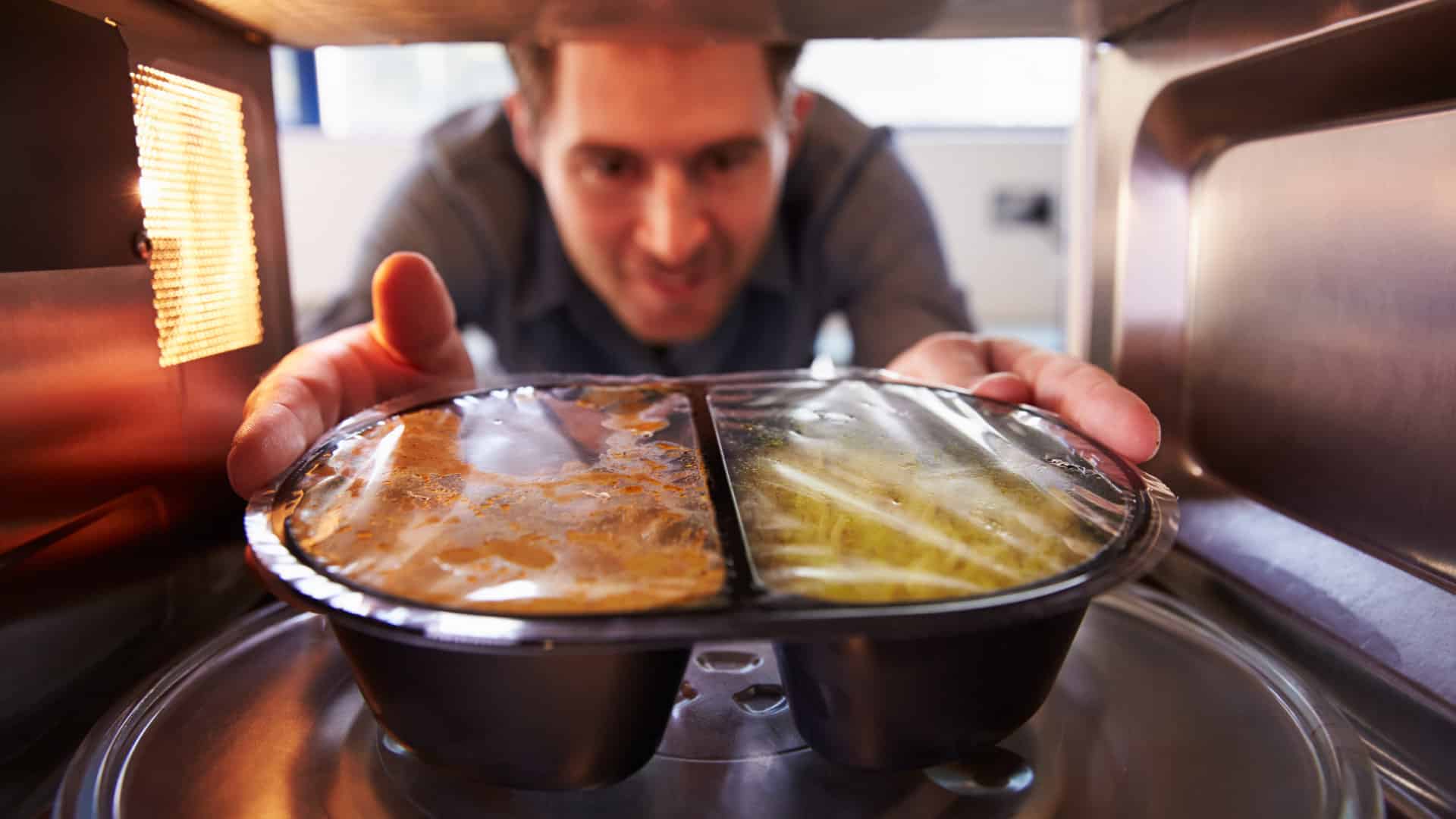
Why Your Microwave Plate Is Not Spinning
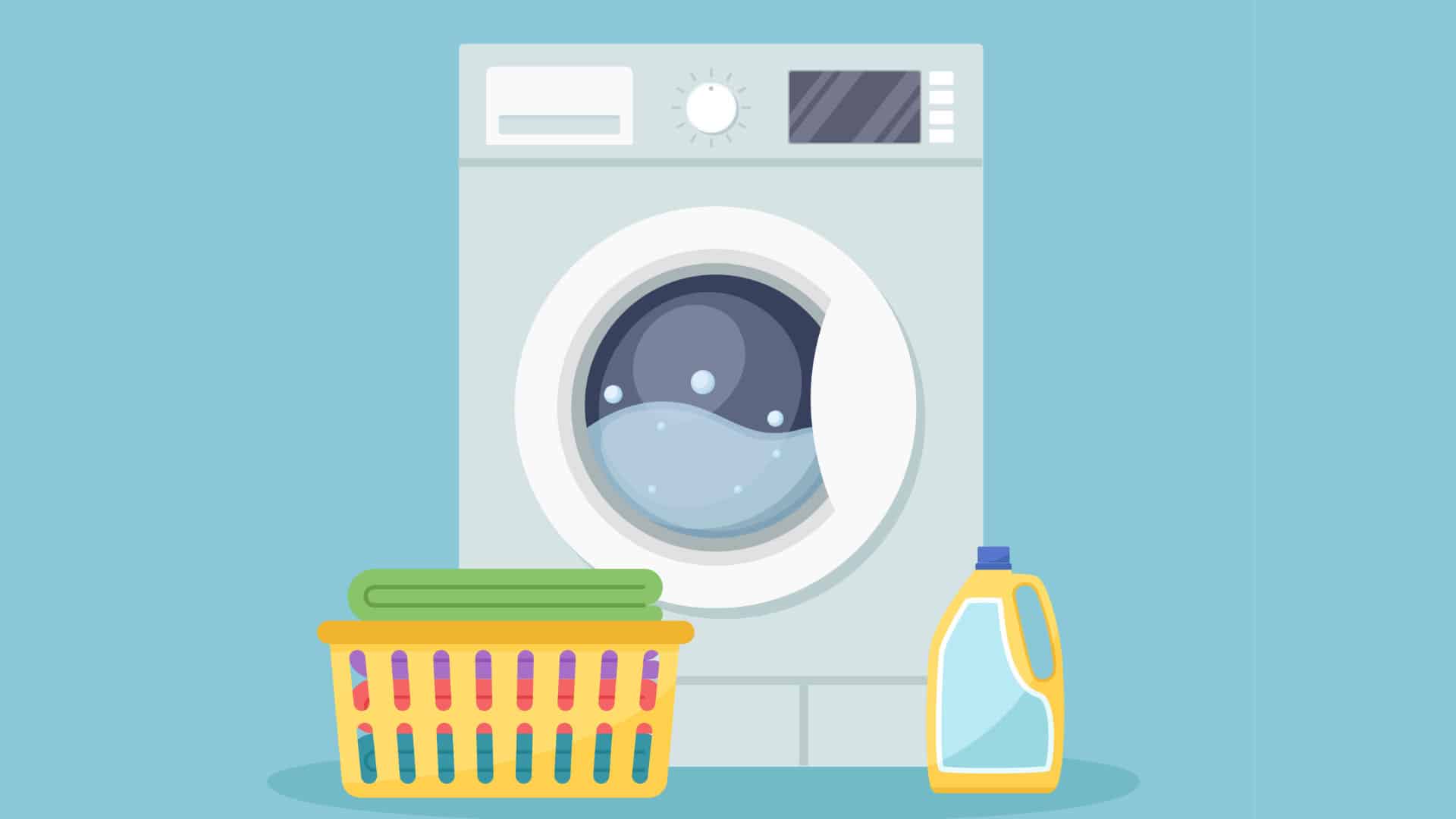
Washer Spin Cycle Not Working? Here’s Why
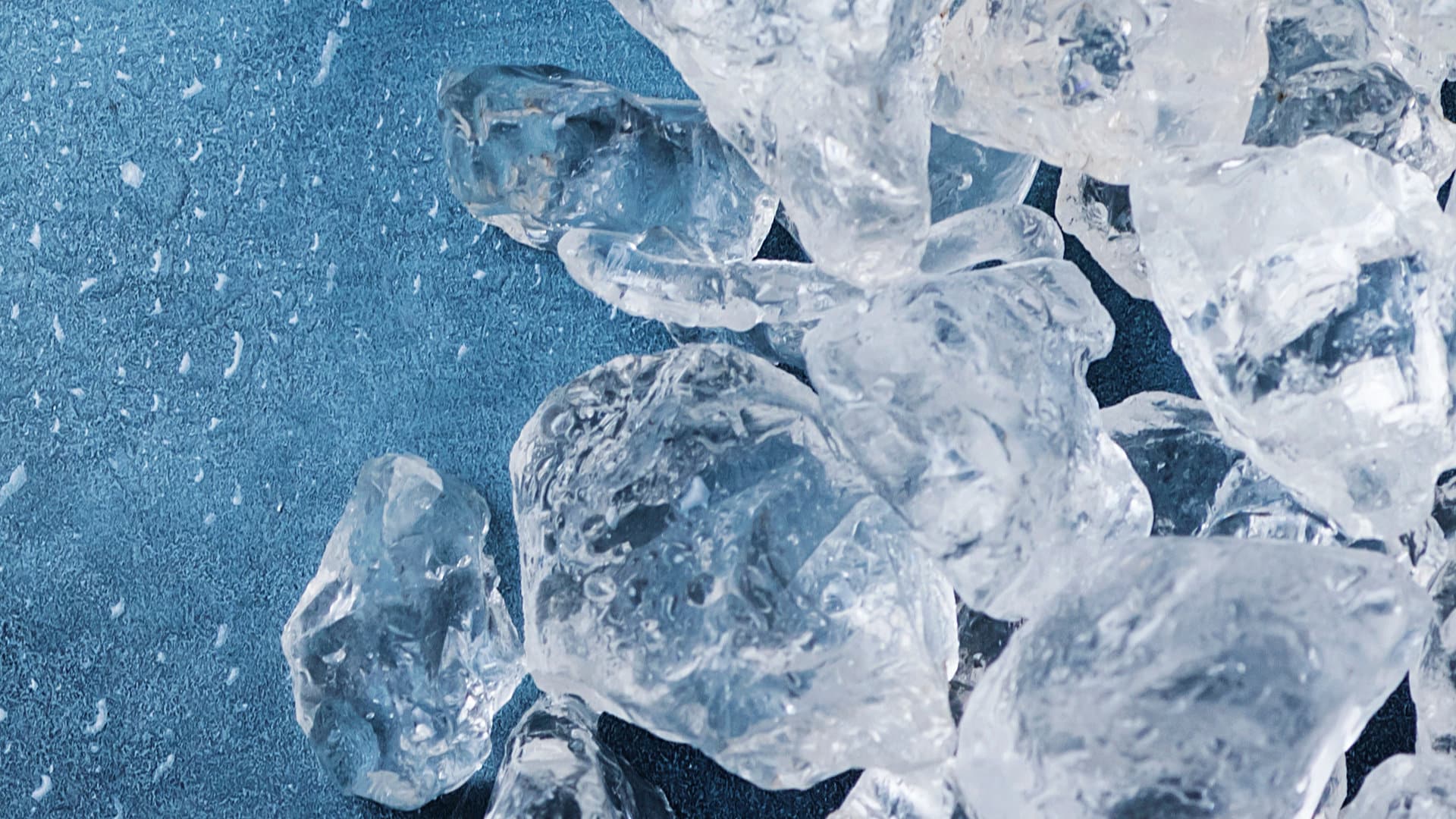
How to Fix a Slow Ice Maker

Why Does My Dishwasher Smell like Sewage?
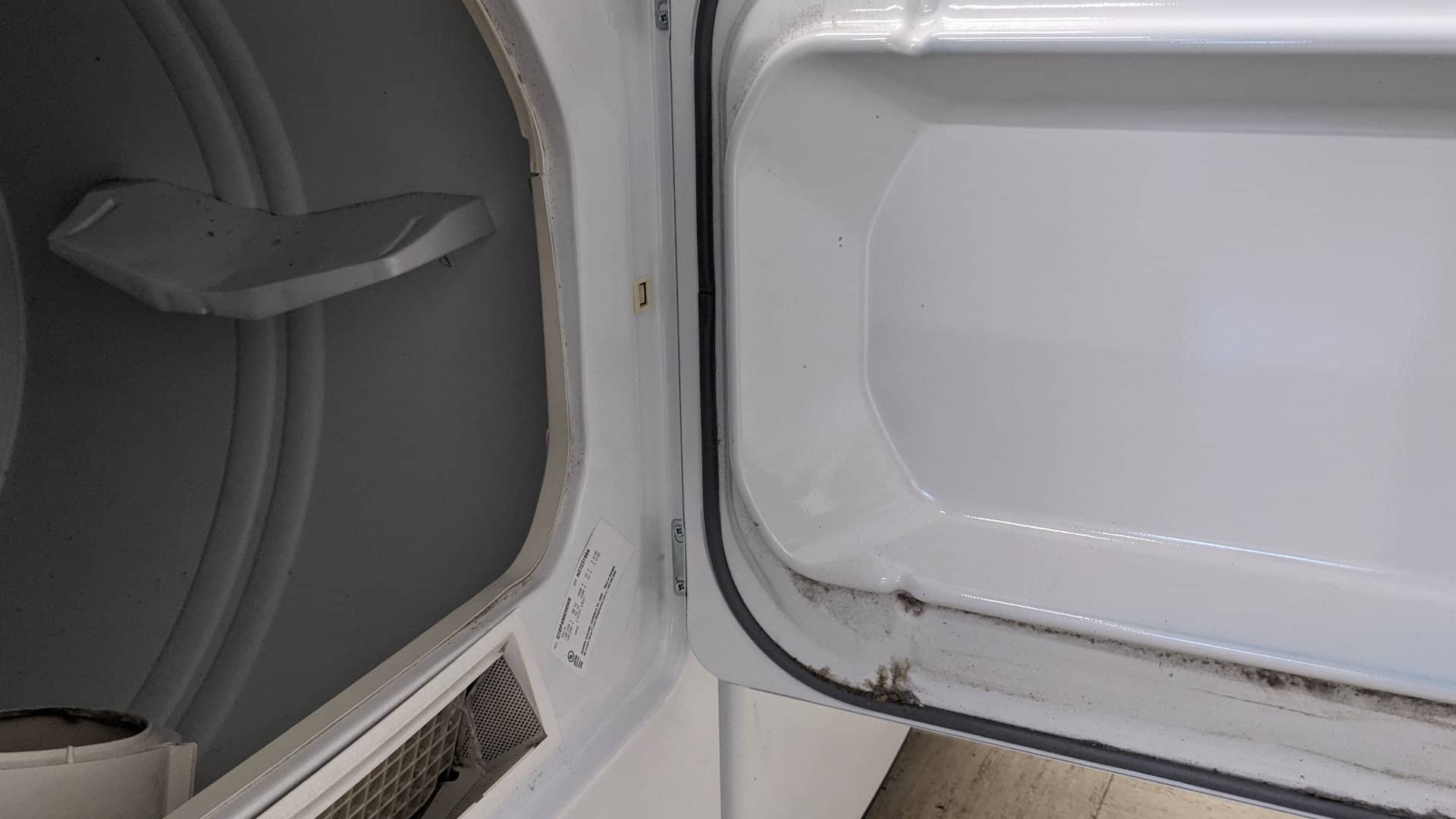
What Causes a Dryer to Overheat? (and How to Fix It)


